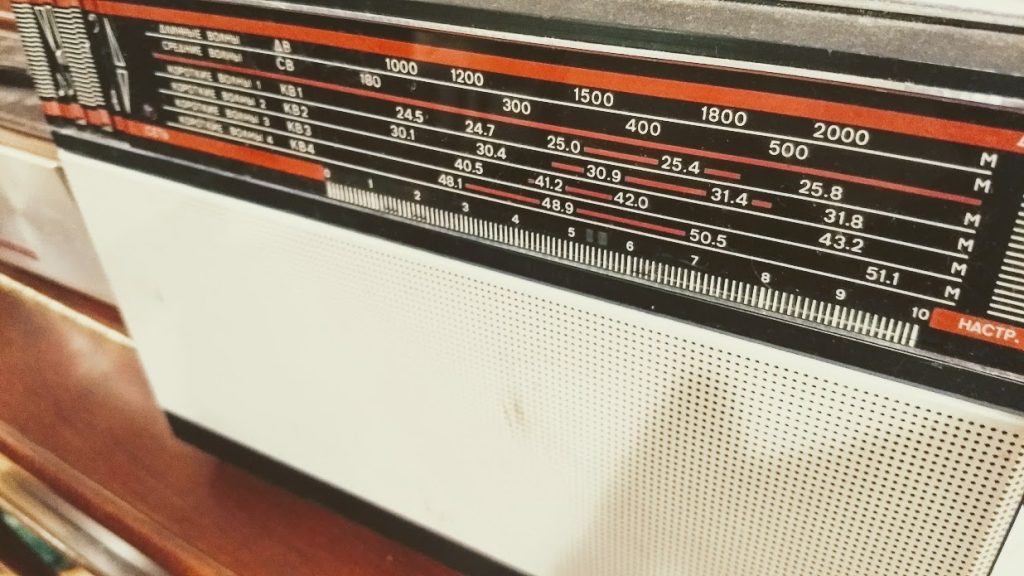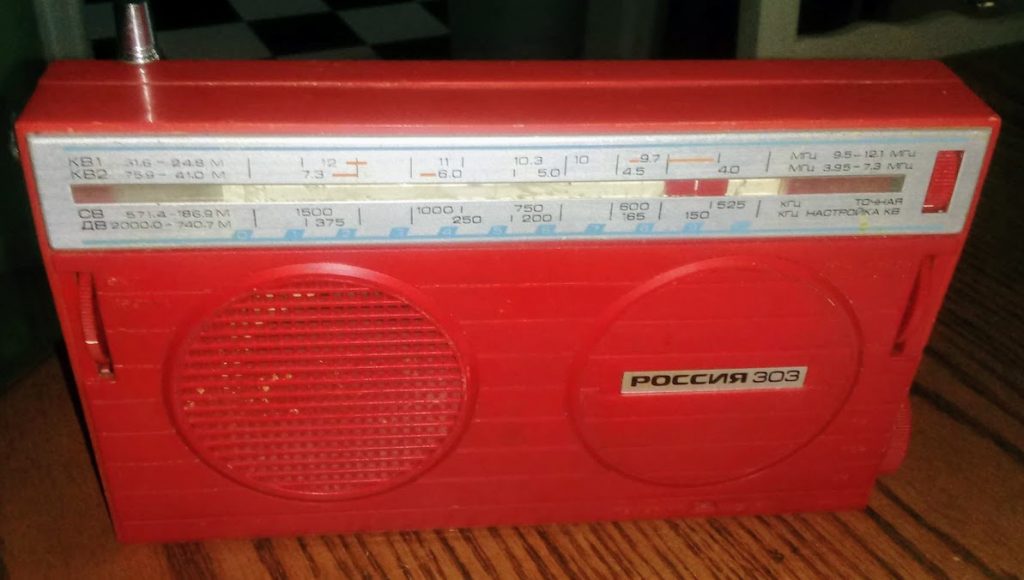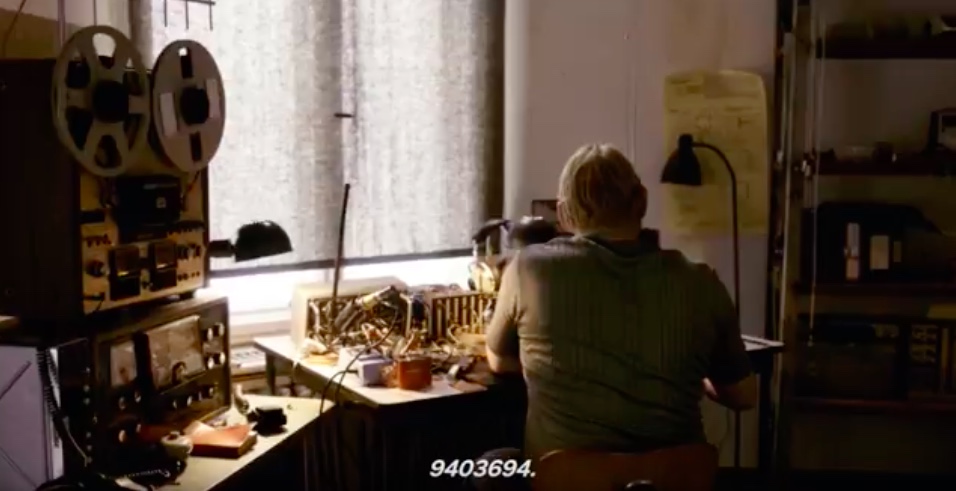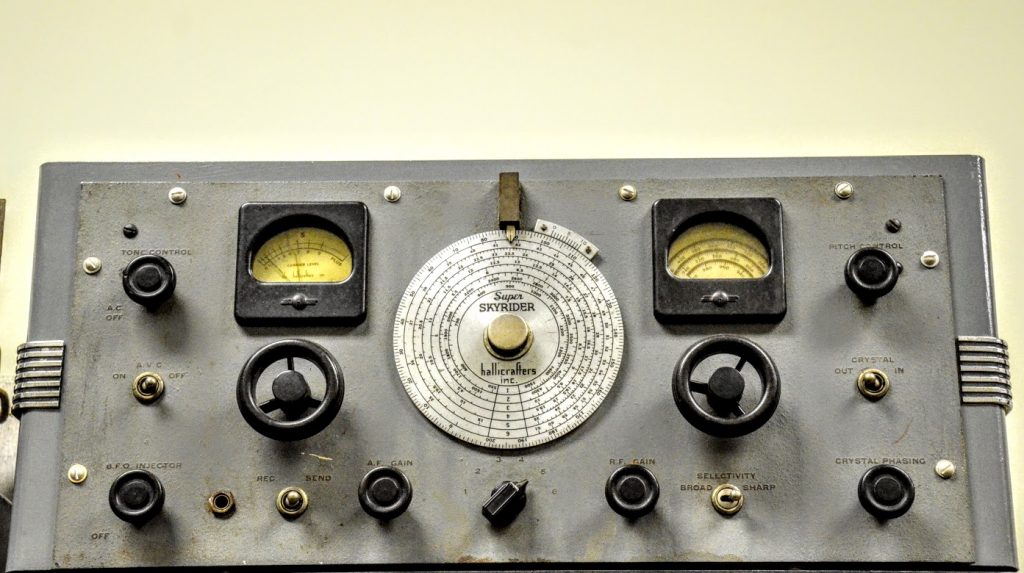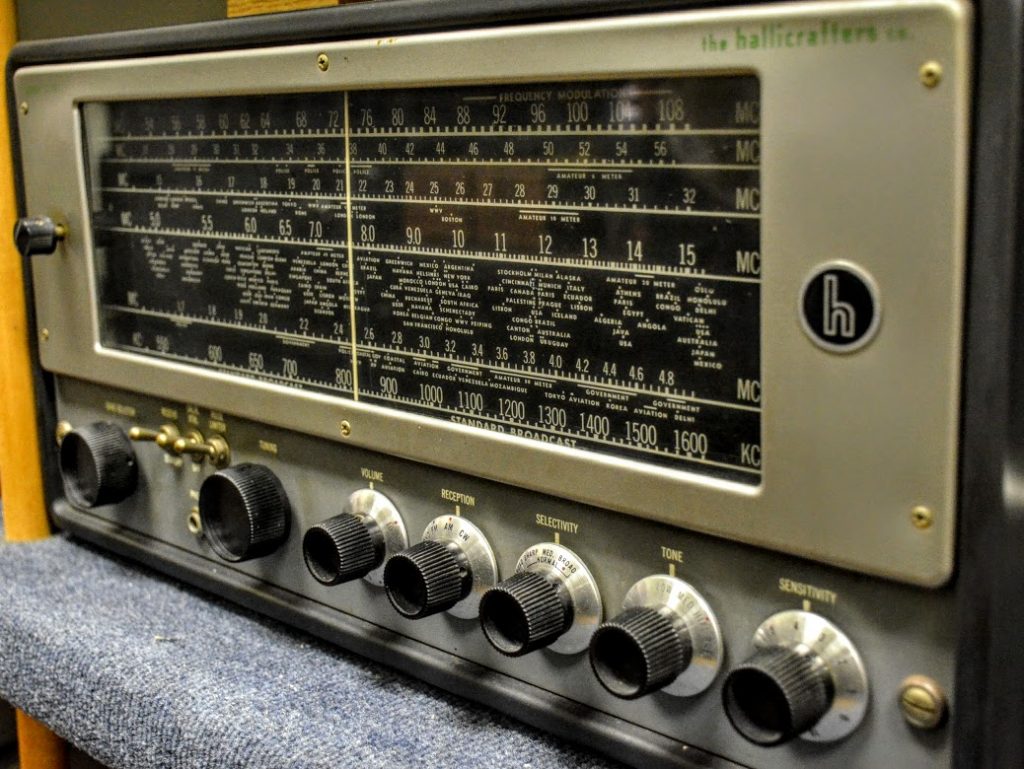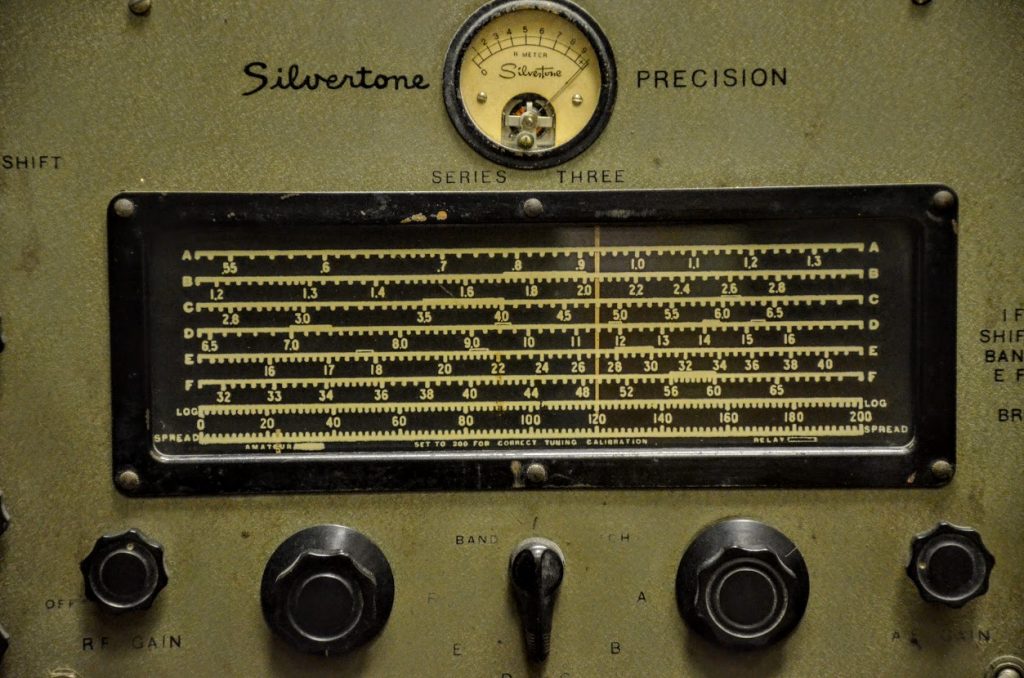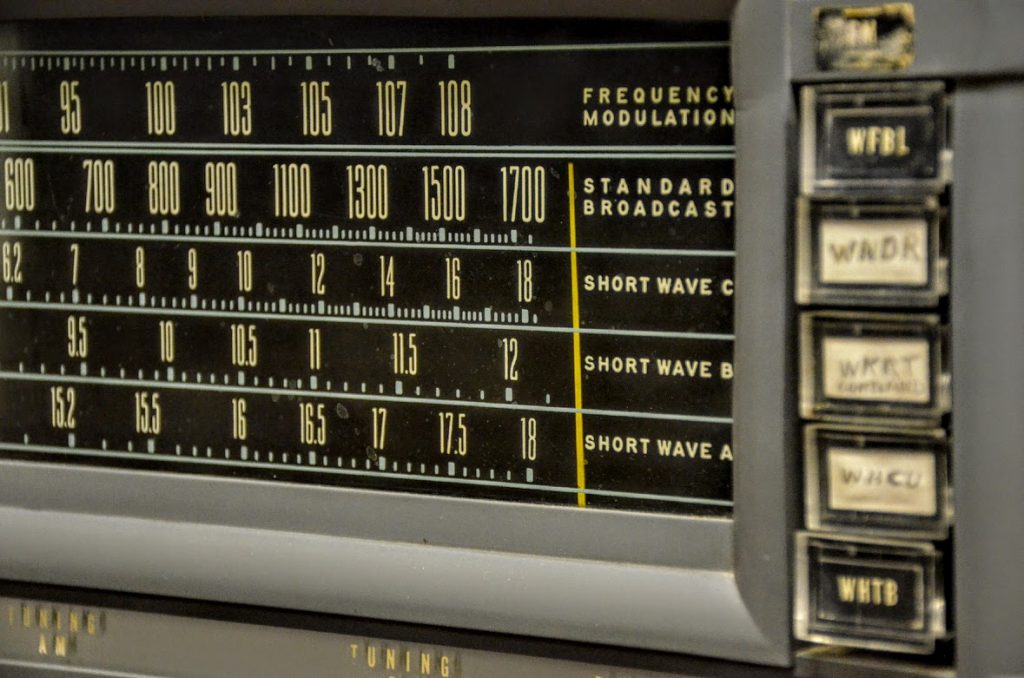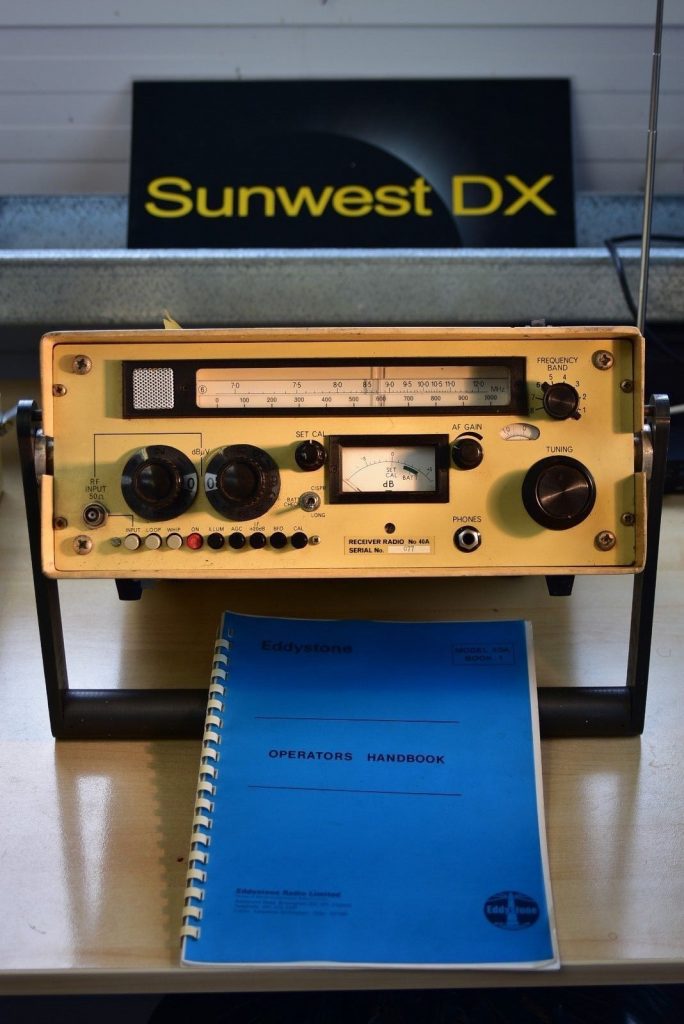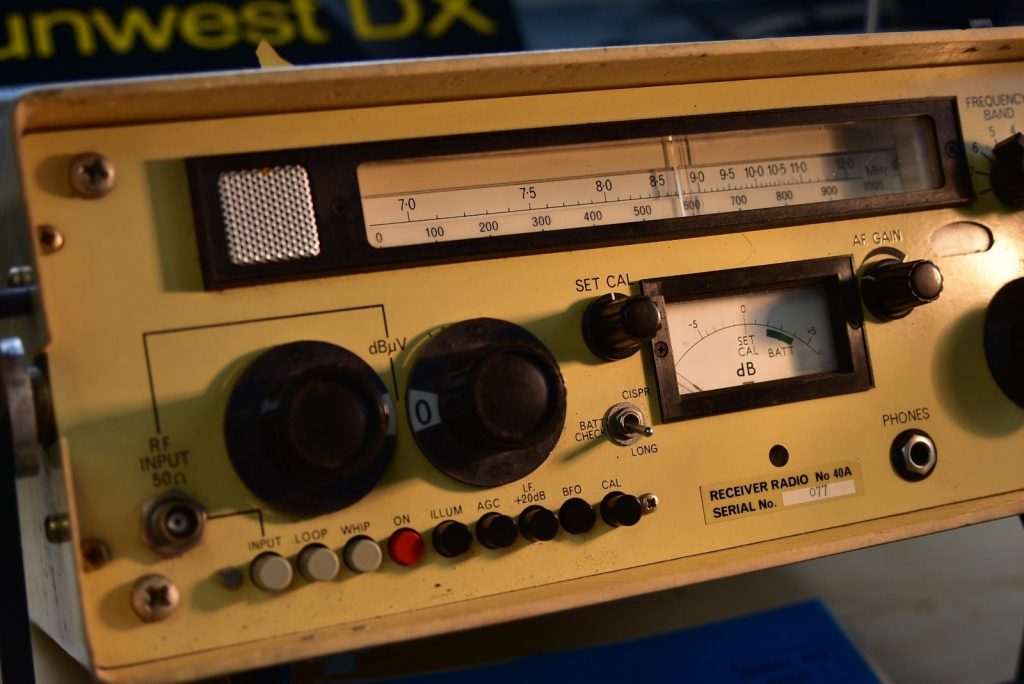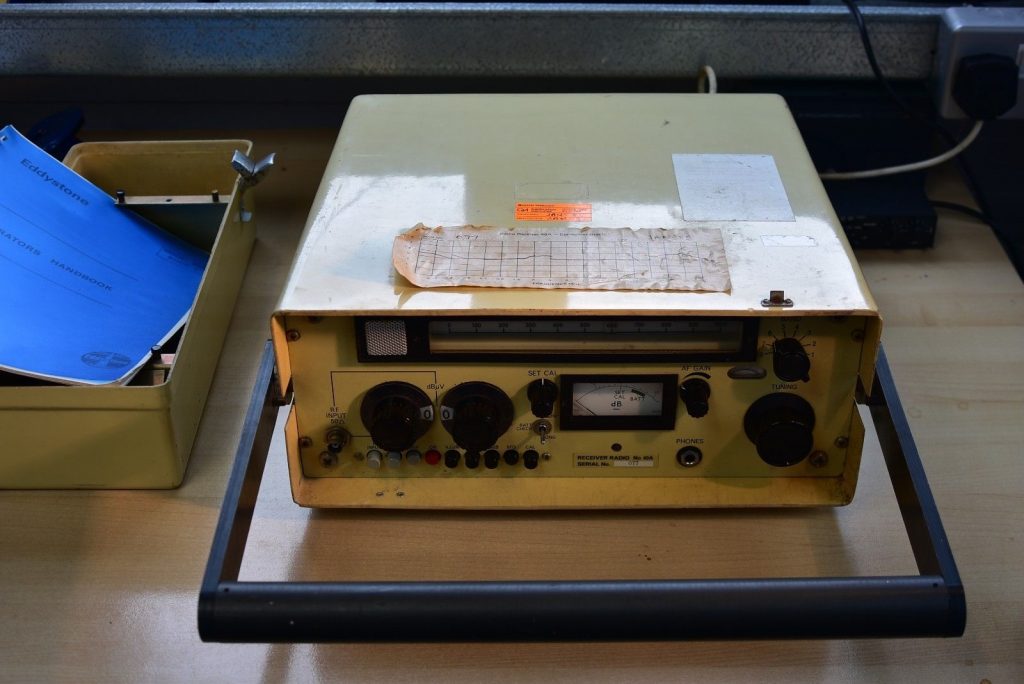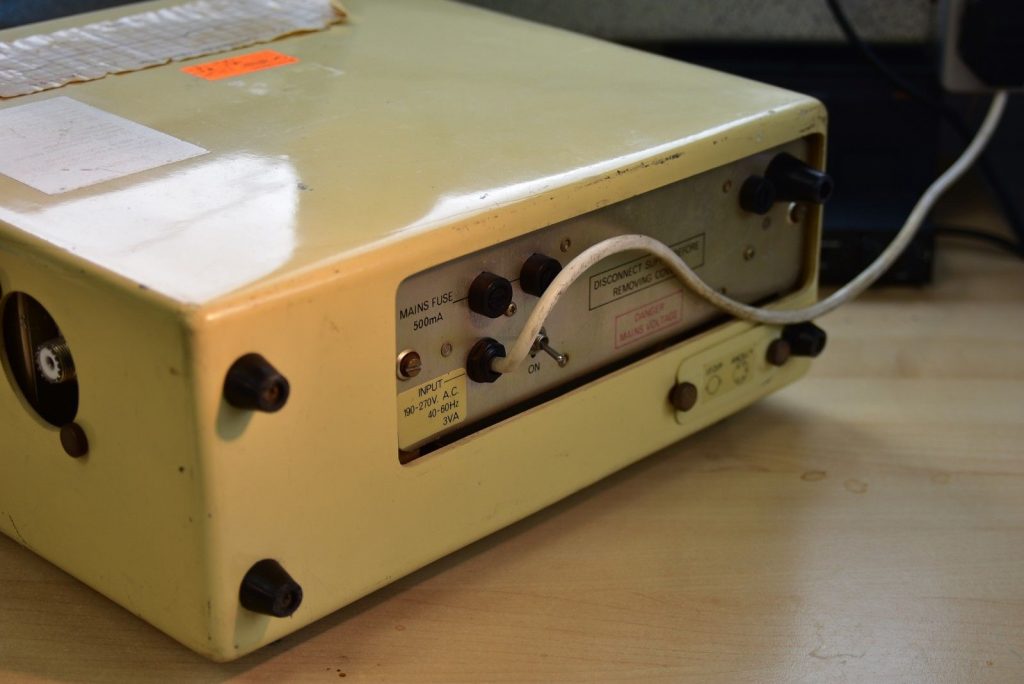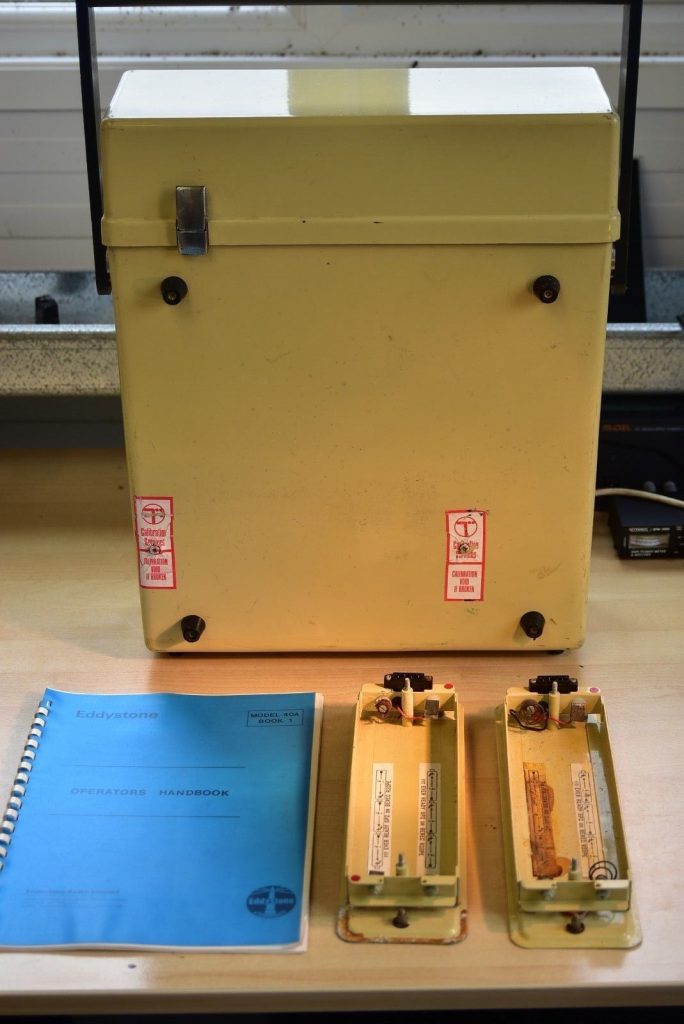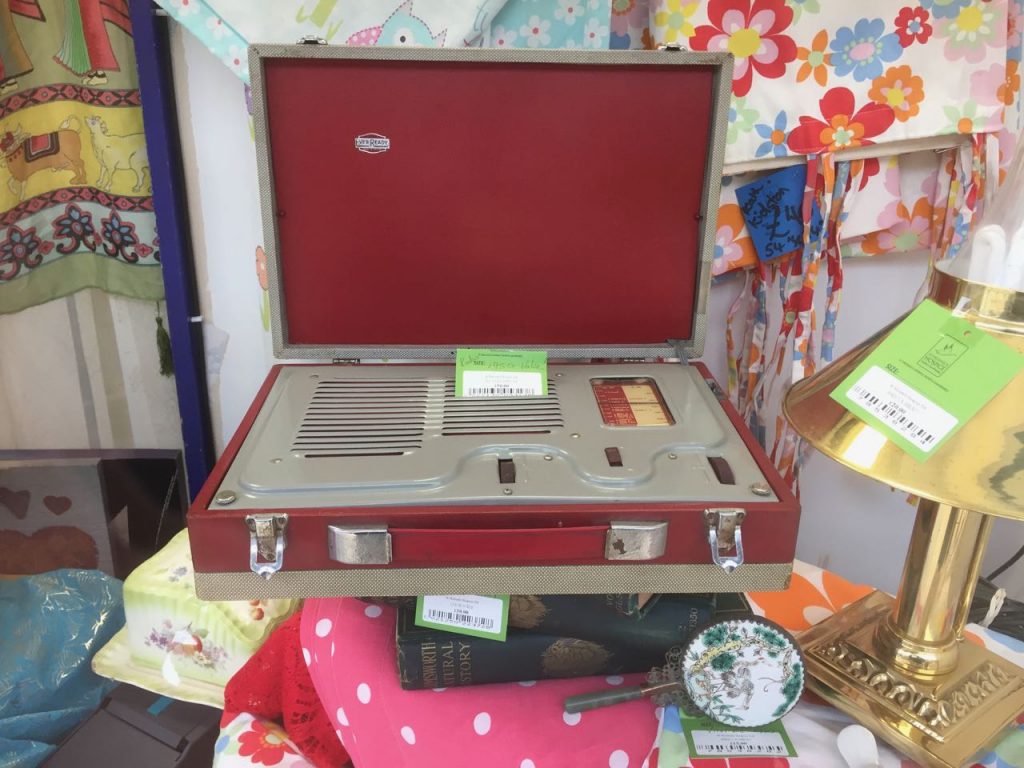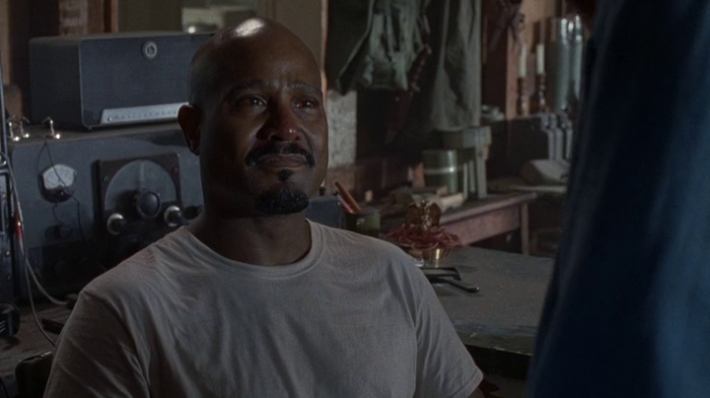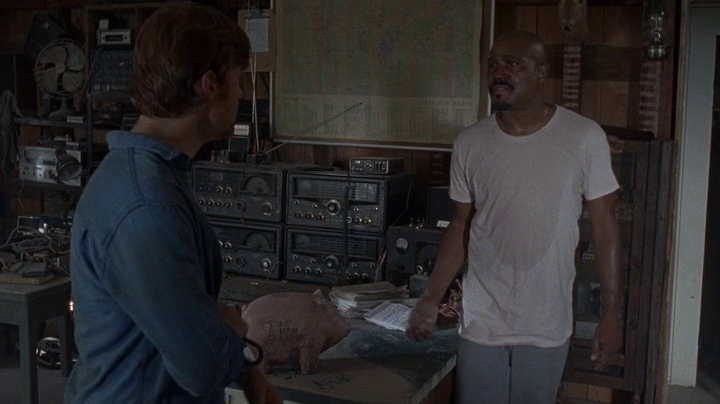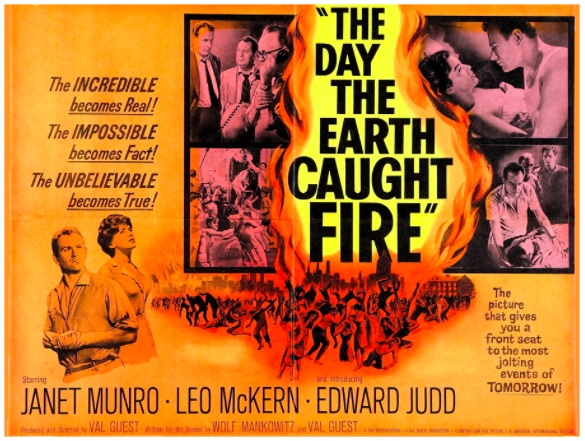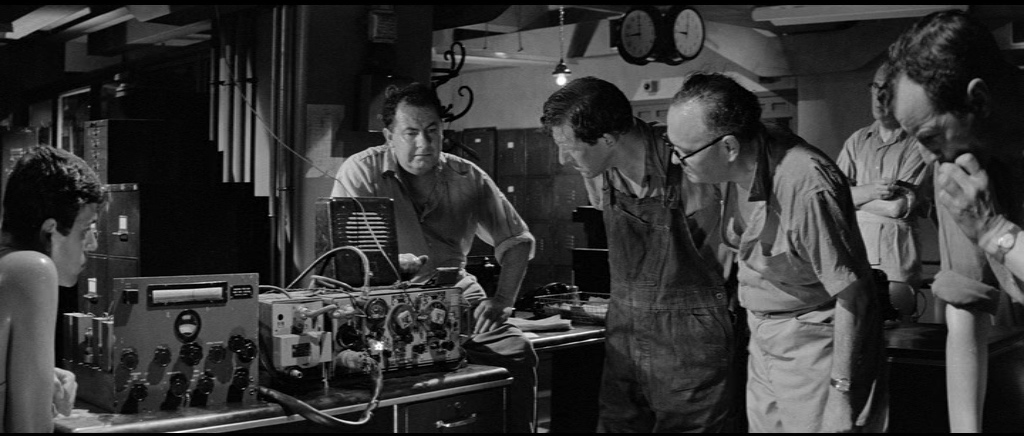I was just chatting with my buddy Dave Cripe (NM0S) who recently snagged a cool Soviet-era vintage portable radio at ShopGoodwill.com. It’s a beauty:
I’ve always been fascinated with Soviet and Eastern European designs from the 60s, 70s and 80s, but I’ll be the first to admit that I know little-to-nothing about them.
I’m curious if any readers could shed light on some of their favorites makes and models? Are there any exceptional performers? Any that are highly valued? If you have photos, consider sharing them as well. Please comment!

